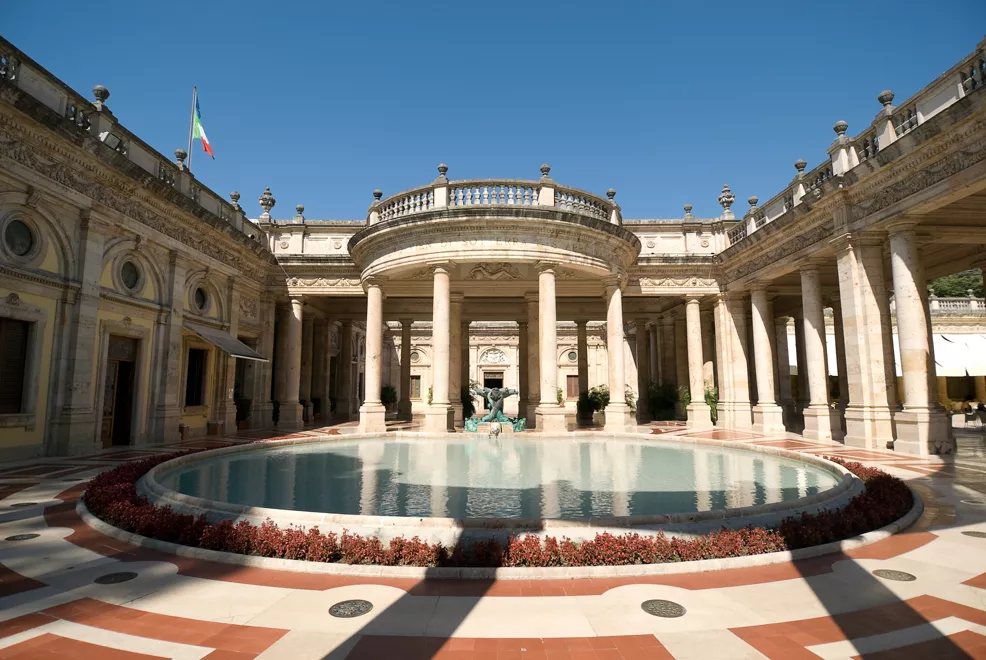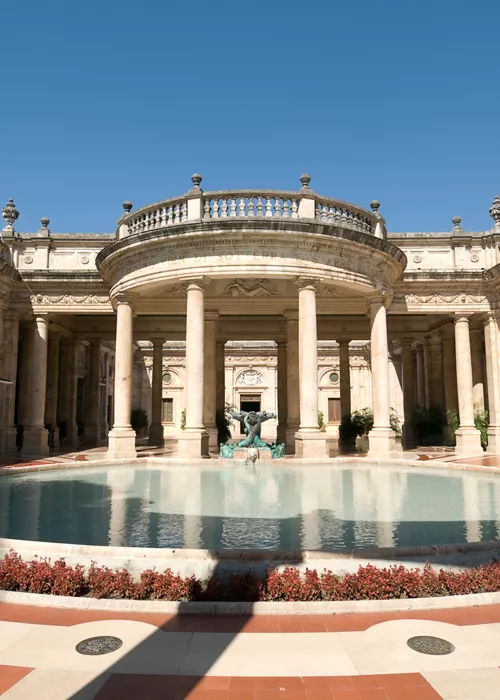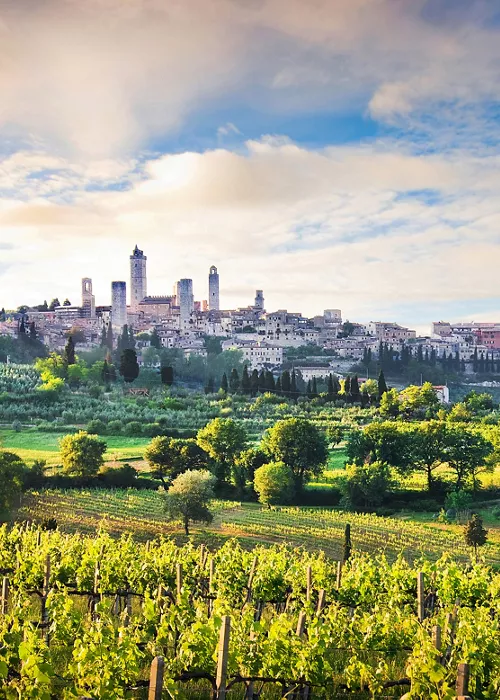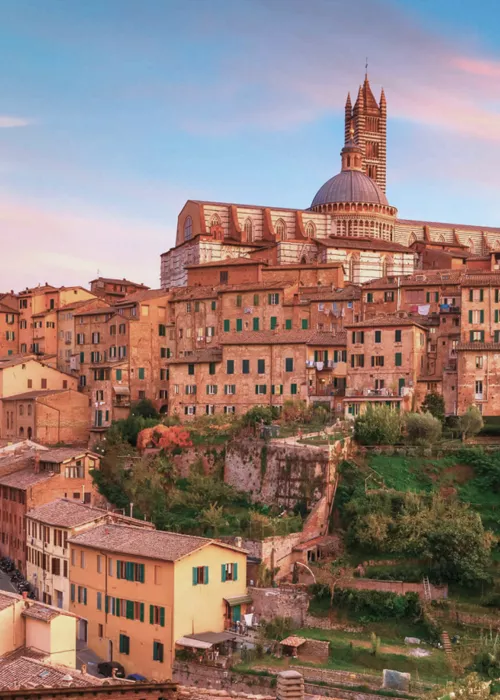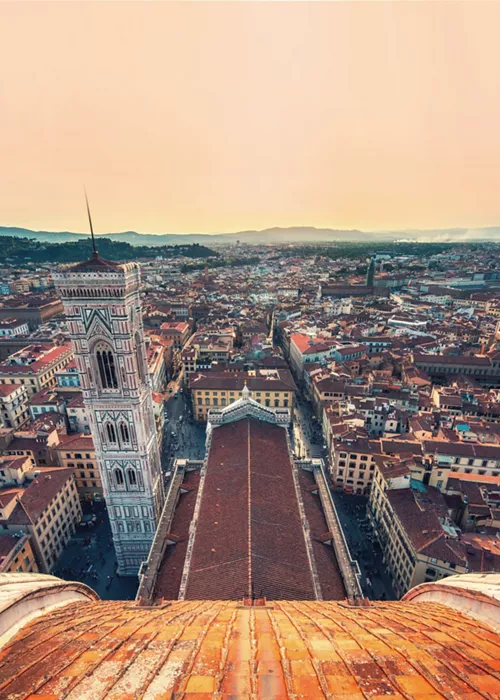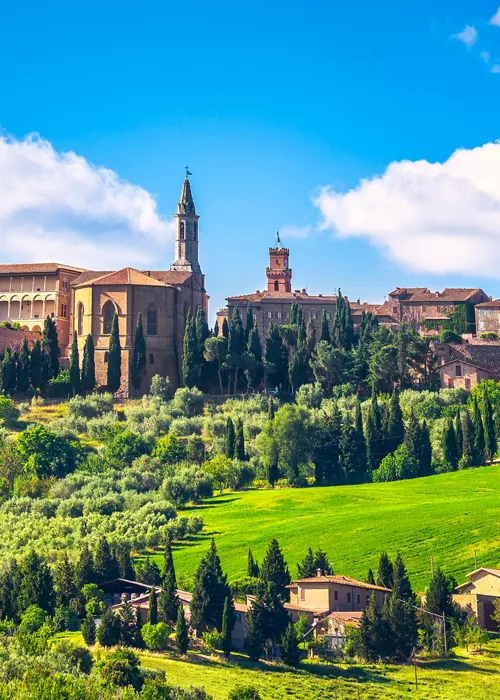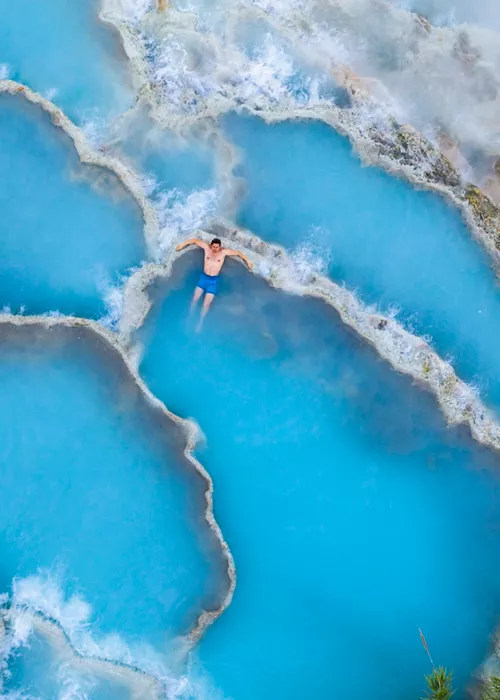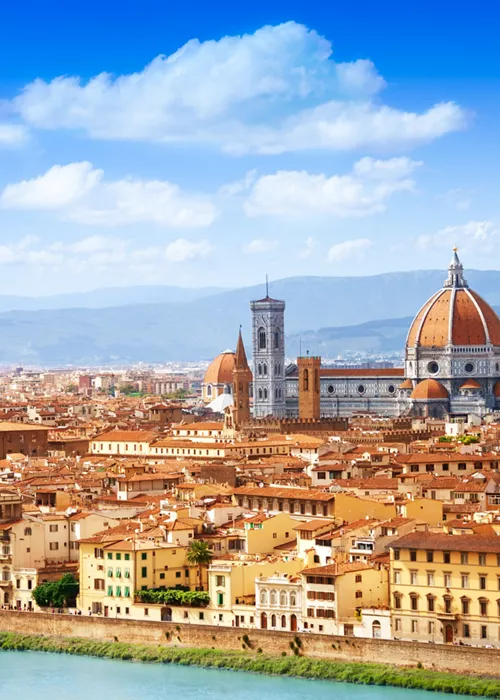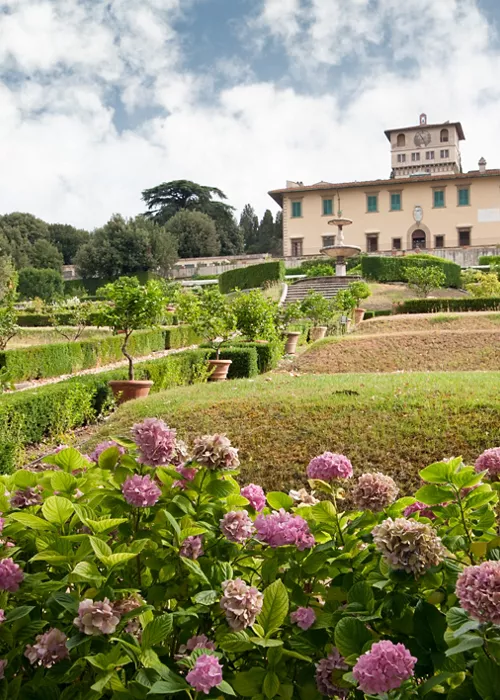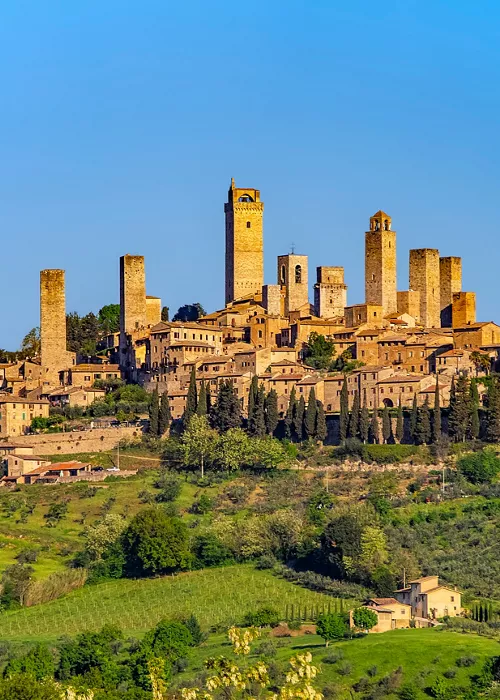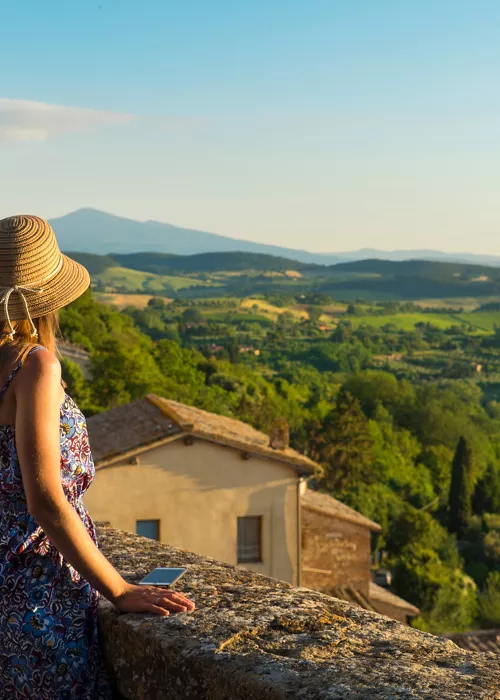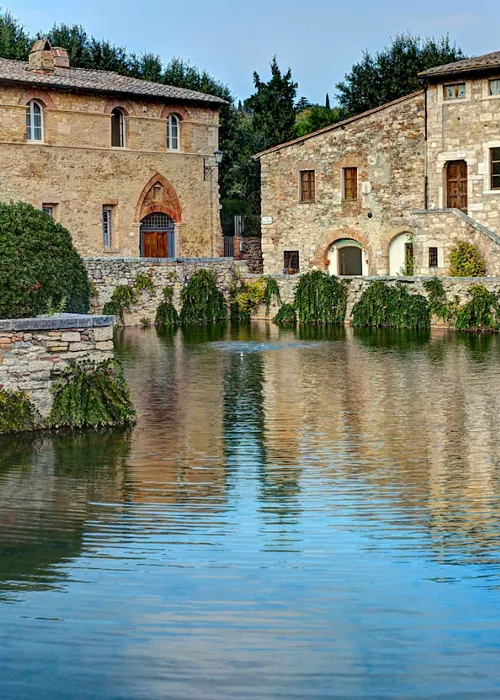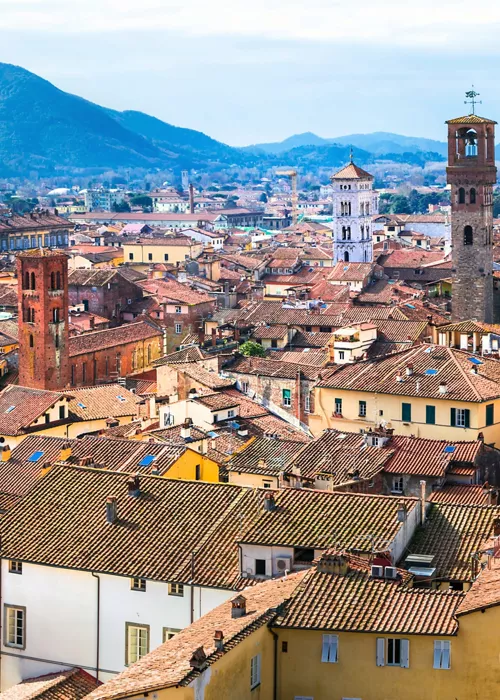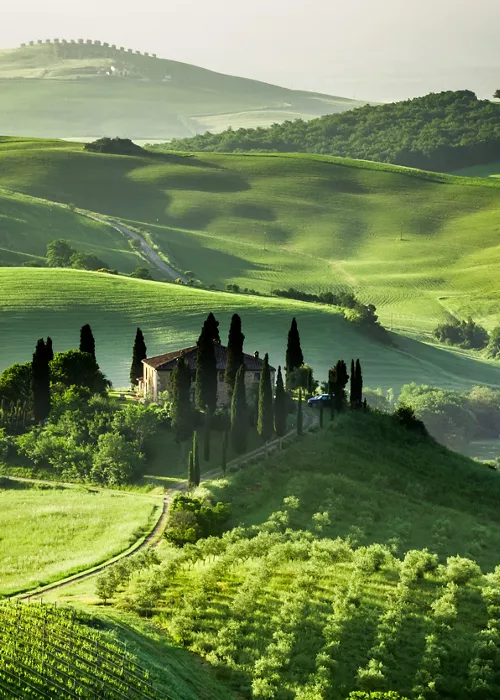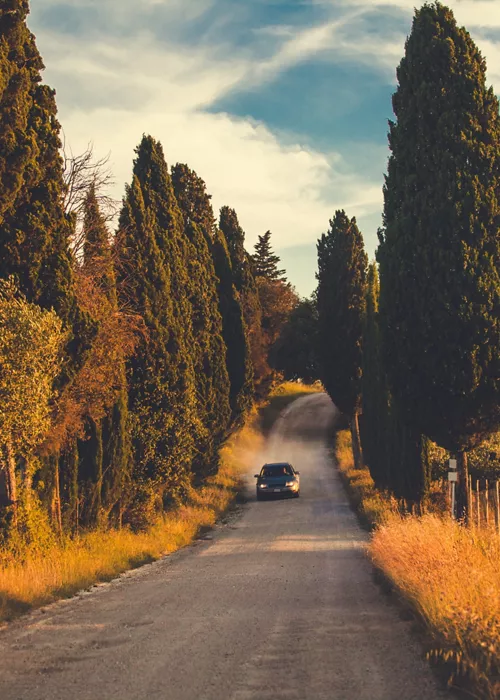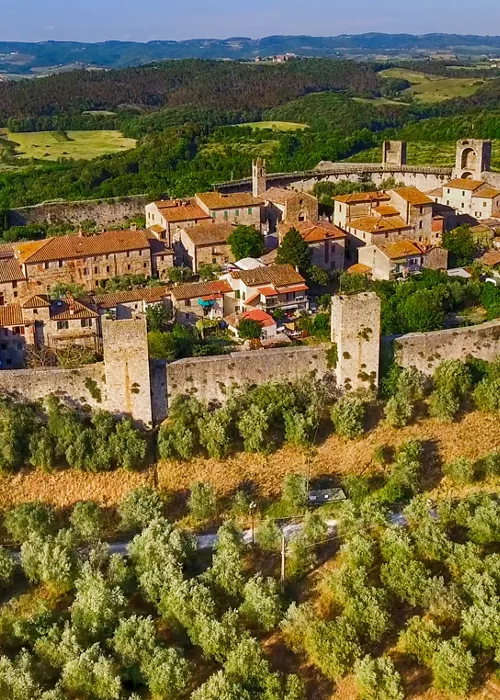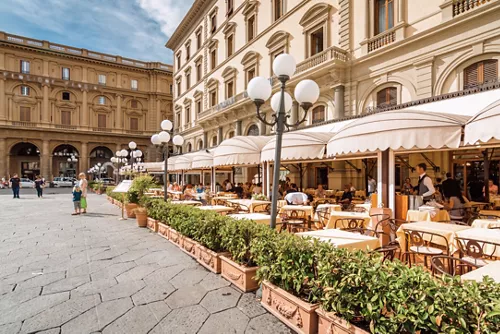Montecatini Terme, historical thermal centre in Tuscany
4 minutes
Among the Italian jewels recognised as a UNESCO World Heritage Site there is also one of Europe's great spa towns, Montecatini Terme, in the heart of Tuscany, surrounded by cities of art such as Florence, Pisa and Lucca. Wonderful and easy to get to.
What is it and where is Montecatini Terme
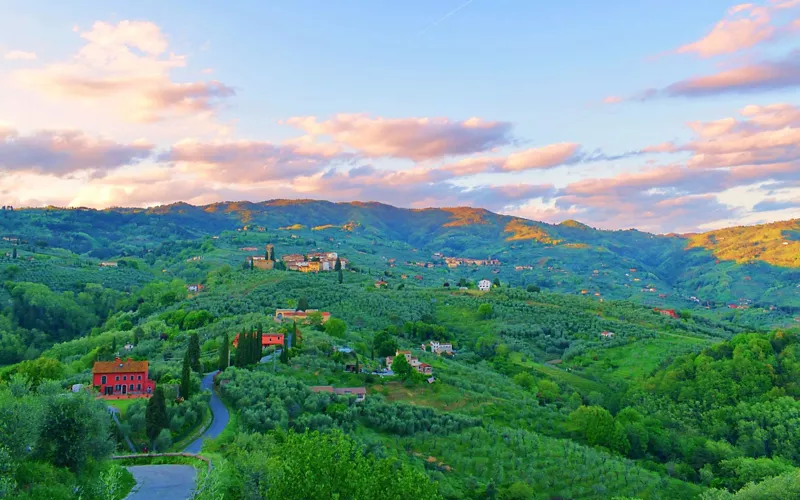
Montecatini Terme is a garden city set in the suggestive Valdinievole, an amphitheatre of green hills in the heart of Tuscany.
World-famous for its rich thermal springs enjoyed since Roman times, today Montecatini Terme is one of the most appreciated and visited thermal cities in Italy, thanks to the substantial architectural interventions carried out at the beginning of the twentieth century, which have enriched it with elegant Art Nouveau and neo-Gothic buildings that are the setting for the Thermal Park.
History and information on Montecatini Terme
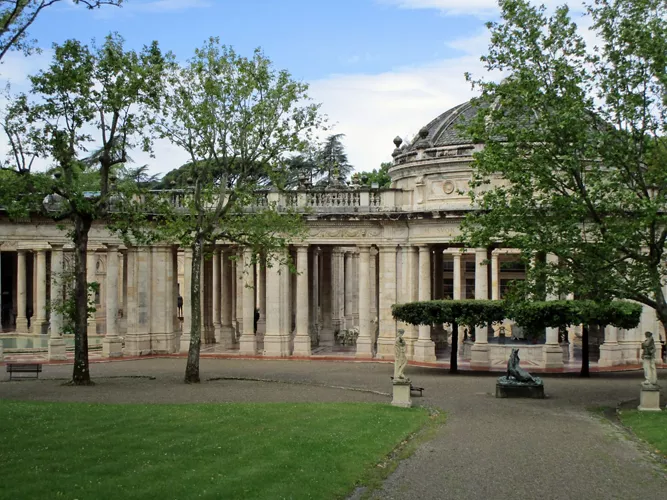
Montecatini Terme is one of the Great spa towns of Europe recognised as a UNESCO World Heritage Site in 2021 along with Bath in the UK, Vichy in France, the German cities of Bad Ems, Bad Kissingen and Baden-Baden, Spa in Belgium, Baden bei Wien in Austria and the cities of Karlovy Vary, Františkovy Lázně and Mariánské Lázně in the Czech Republic.
The 11 towns were chosen because they are representative of the important phenomenon of European balneology, active from the 1700s until the 1930s. And Montecatini Terme, with its ancient Tettuccio Spa and more recent buildings in Art Nouveau style and neo-Gothic, was among the most prestigious locations.
Why Montecatini Terme is a UNESCO site
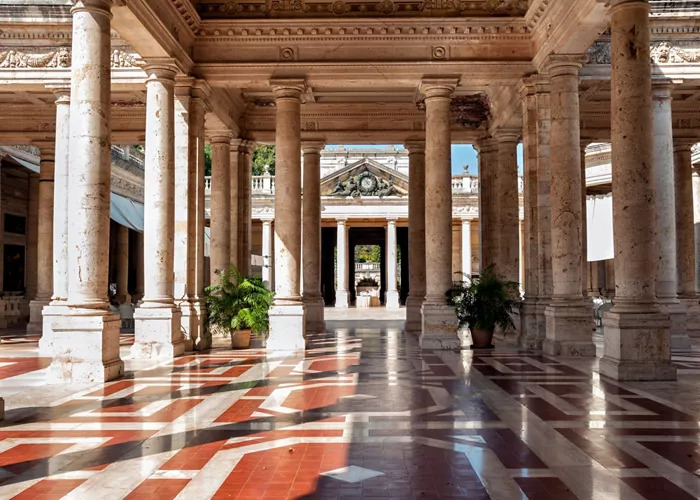
Montecatini Terme is officially one of the Great spa towns of Europe after being recognised as a UNESCO World Heritage Site in 2021 along with Bath in the United Kingdom, Vichy in France, the German towns of Bad Ems, Bad Kissingen and Baden-Baden, Spa in Belgium, Baden in Austria and the towns of Karlovy Vary, Františkovy Lázně and Mariánské Lázně in the Czech Republic.
The 11 towns were chosen because they are representative of the important phenomenon of European balneology, which enjoyed its heyday from the 1700s until the 1930s. And Montecatini Terme, with its ancient Tettuccio thermal complex and the more recent art nouveau and neo-Gothic buildings, was one of the most prestigious locations.
What to see in Montecatini Terme
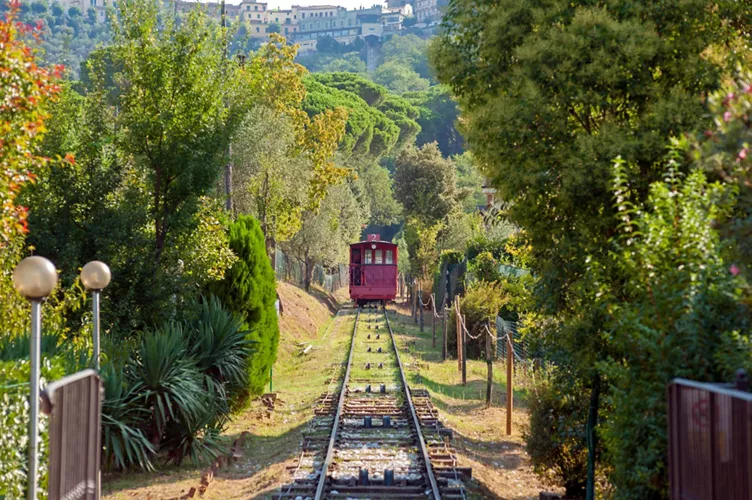
Montecatini Terme can be reached in less than an hour from Florence and Pisa. An ideal destination for those looking for well-being, culture and landscapes of the soul, it has a great deal to offer, starting with Montecatini Alto. A true historic centre of the town at an altitude of 290 metres, Montecatini Alto is a delightful medieval village spread over two hills.
The old historic centre can be reached on foot from Montecatini Terme, but we recommend arriving in Montecatini Alto aboard Gigio and Gigia, the two red trains of the historic Montecatini Funicular. Restored in recent times, it is the most pleasant and romantic way to reach the village of Montecatini Alto, walking through the picturesque valley in 10 minutes while fully enjoying the beauty of the view.
In the centre of Montecatini Terme is the Palazzo Comunale, now home to the Montecatini Contemporary Art museum, rich in works by world-renowned artists and often home to temporary thematic exhibitions.
At the gates of Montecatini Terme, you must visit the Grotta Maona, one of the natural attractions of Valdinievole. This ancient natural cave is inhabited by a rare community of bats and is the only one in Italy to have two wells, one at the entrance and one at the exit. With a depth of over 20 metres and length of 200 metres, it can be visited every day from April to October on a 20-minute journey among stalactites and stalagmites.
The jewel in the crown of Montecatini Termine is the Thermal Park immersed in greenery. Inside, you will find the Terme del Tettuccio thermal baths, the oldest in the area, consisting of large halls and spaces sumptuously decorated by the most famous artists of the early twentieth century. The Terme Leopoldine thermal baths, built in 1775 at the behest of the Grand Duke of Tuscany Pietro Leopoldo, have a large thermal crater over 20 metres wide. The Terme Excelsior thermal baths, on the other hand, are housed in a beautiful building from the early twentieth century and are now considered one of the best wellness centres in Montecatini.
If you want to complete the wellness experience of the thermal circuit, you must explore the valley that is home to Montecatini Terme, a junction of 3 noteworthy food and wine routes: the Valdinievole Oil Trail, the Montalbano Wine and Olive Oil Trail and the Lucchese Hills Wine Trail, Montecarlo and Versilia.

